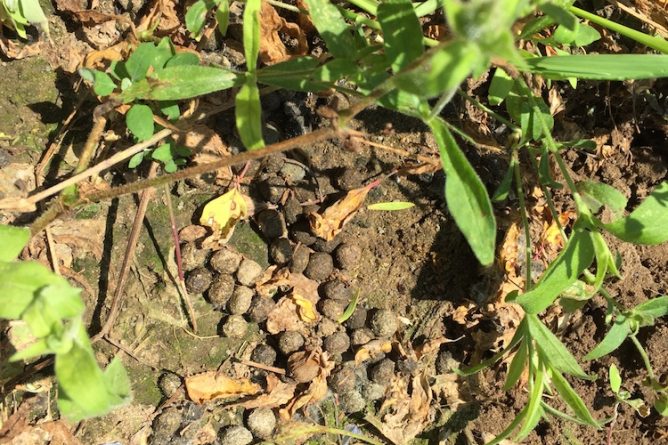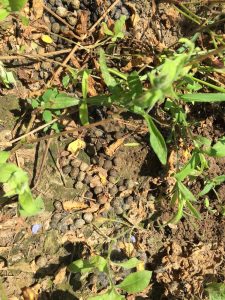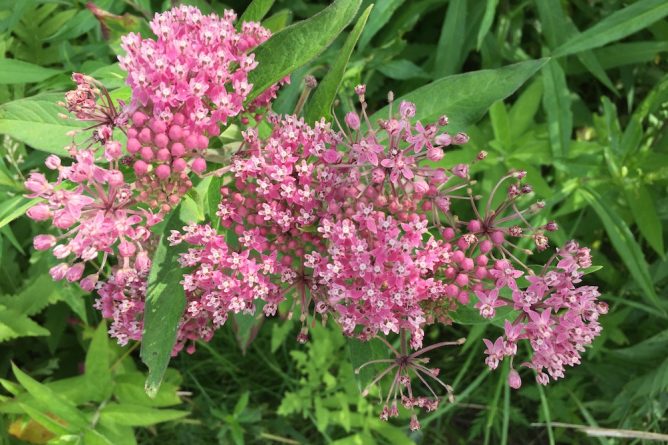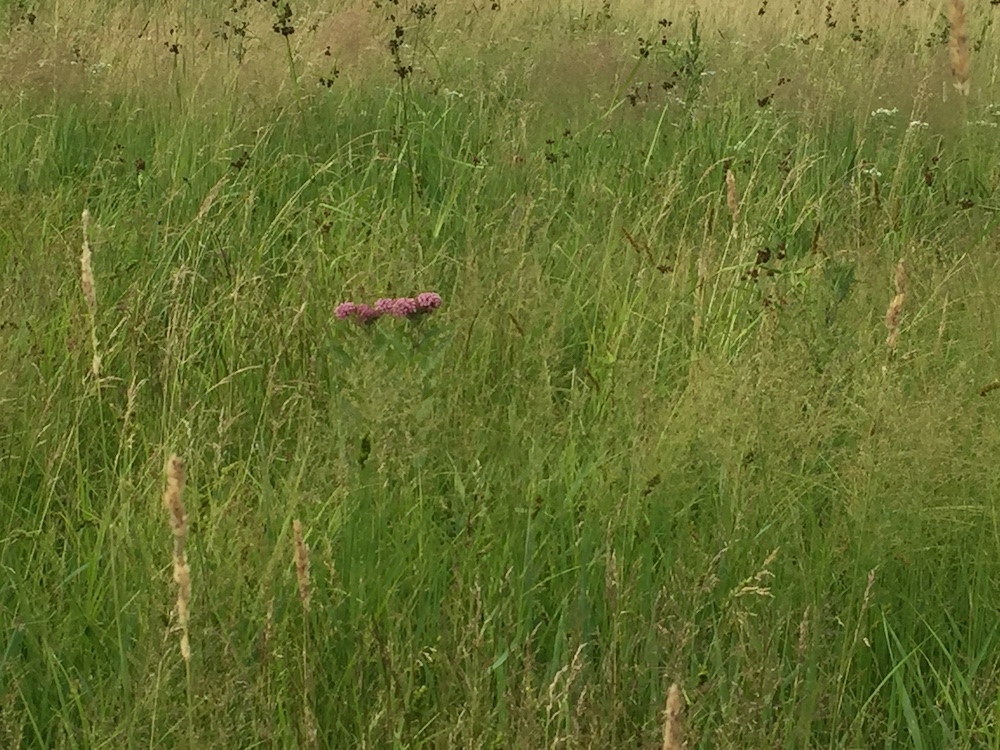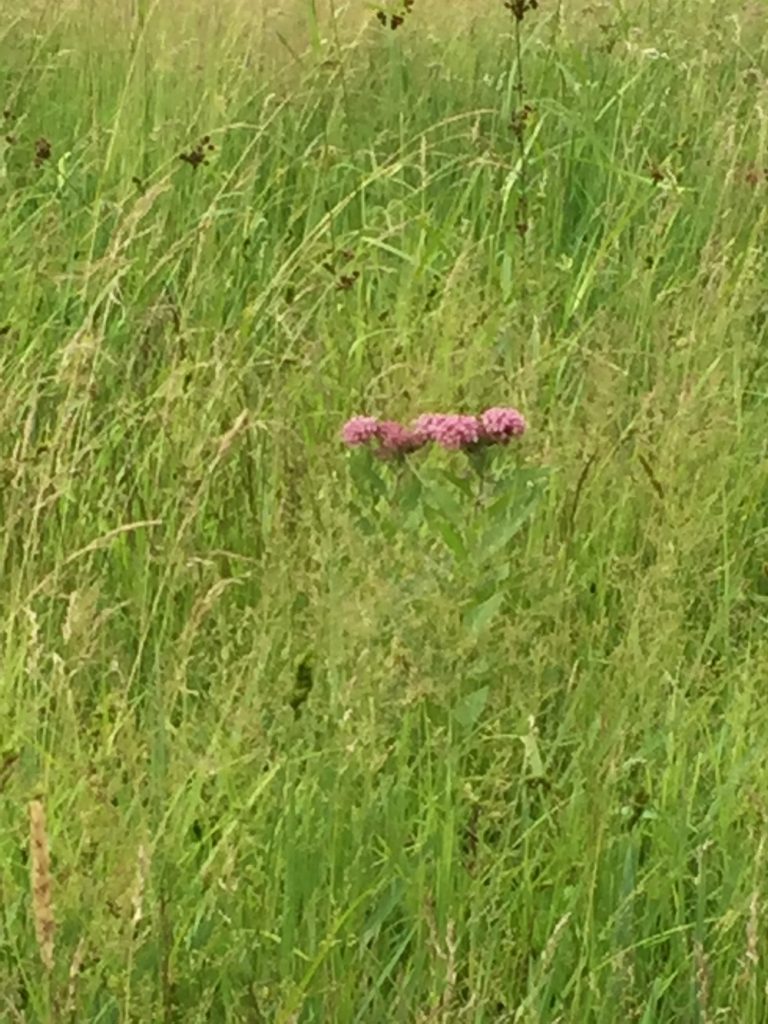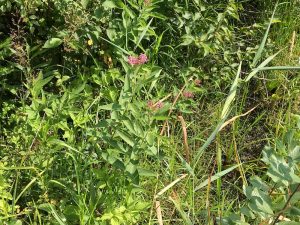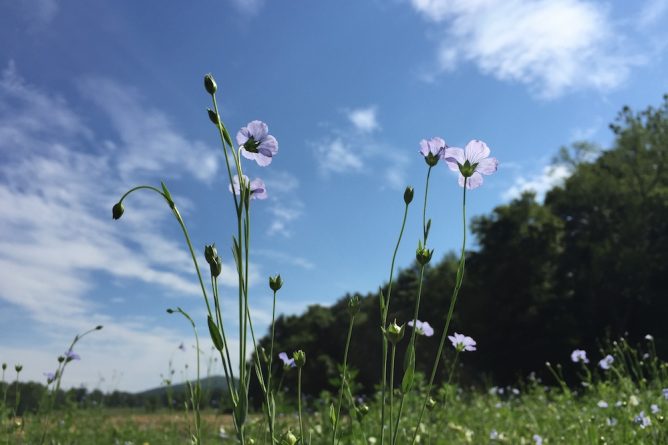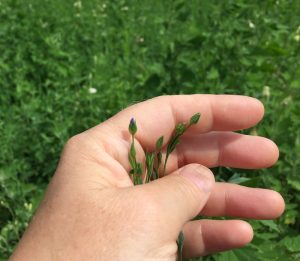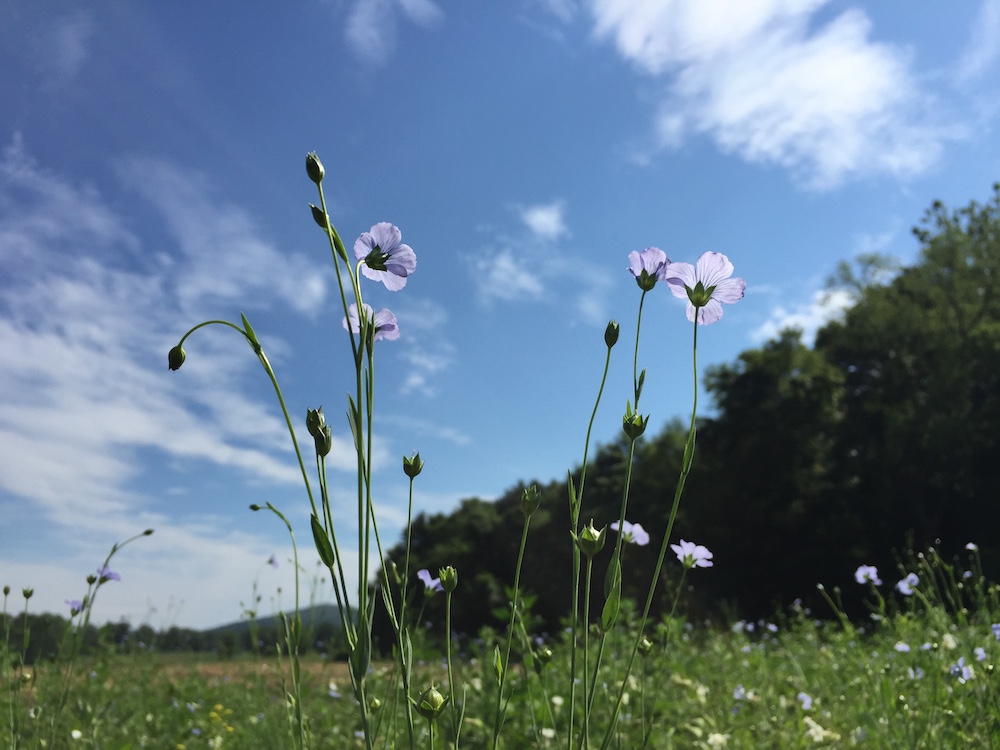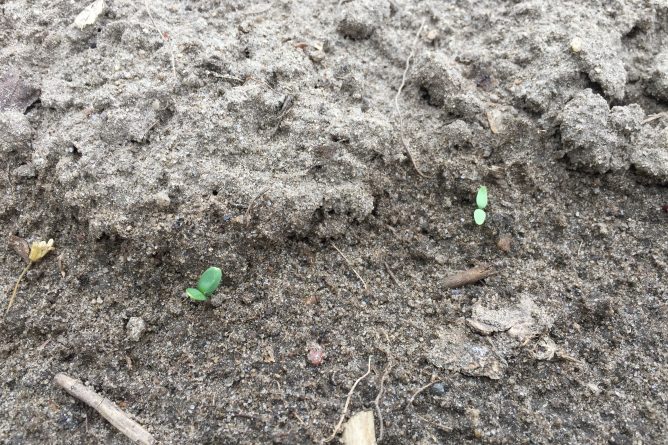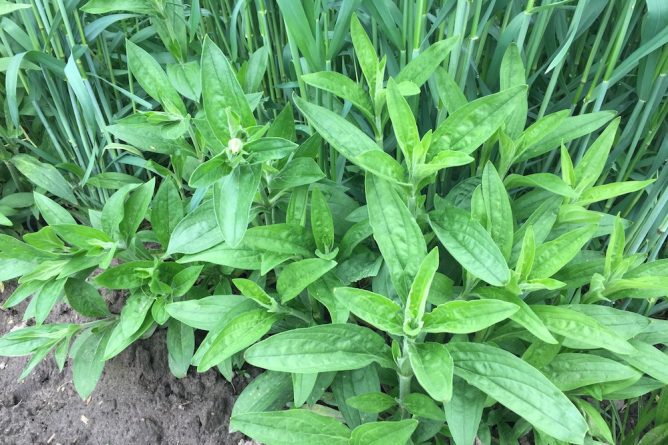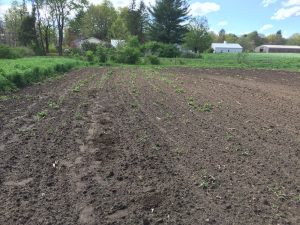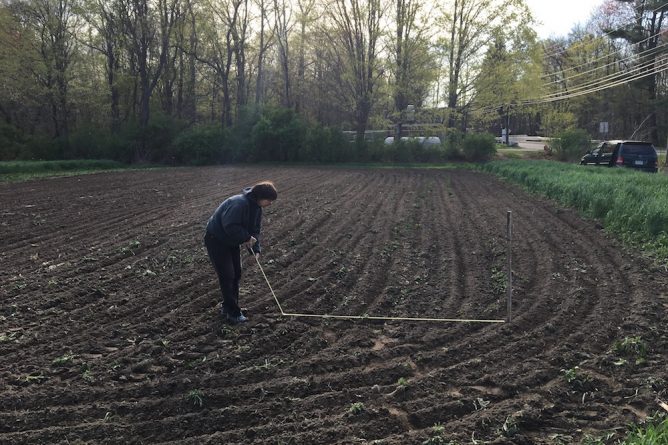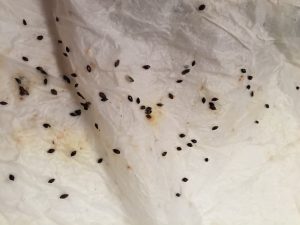As I mentioned in my last post, this is a “retro time” account of my flax harvest this year, not a “real time” account. Here’s the belated next installment.
I started digging up the Electra plot on July 31st. I didn’t finish until August 12th. Now it’s all pulled up, dry, and stored safely in the back of the van. Because that’s where the flax gets stored.
The yield was small but the effort was mighty! I could only work for a couple hours a day, and some days I didn’t work at all. This summer taught me a profound lesson in the privileges and assumptions I have carried with me all my life as an able-bodied, pain-free person. My motto used to be, “Do all the things!”* This summer, not so much. Continue reading “Electra Update Part Two”

